The Ukhahlamba Drakensberg national park in South Africa is the only mixed heritage site in South Africa and is highly diverse with several different habitats being home to endemic and threatened species of plants and birds.
The park constitutes the largest protected montane wilderness in Africa spanning about 200 km (124 mi) along the Lesotho and Kwa-Zulu Natal border and is about 2500 km2 (965 mi2) in size.
The park is impressive and challenging, and there is much more to it than just meets the eye, so let’s dive into the topic and also talk about our experience!
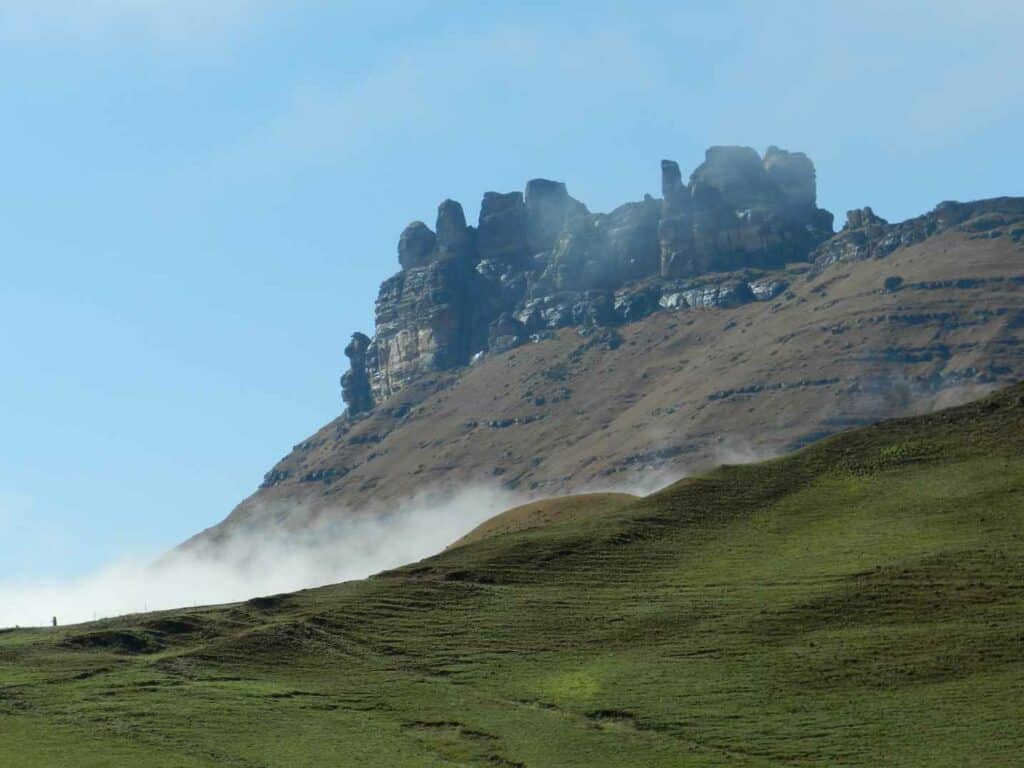
A Little History On Ukhahlamba Drakensberg National Park in South Africa.
The Ukhalamba Drakensberg National Park gets its name from both the Zulu and early Dutch settlers name for it.
In Zulu, the name Ukhalamba means the barrier of spears, which is an apt description of its jagged cliffs. While early settlers called the mountain range Drakensberge as it resembled a dragon’s back to them.
But the Zulu, Dutch settlers and Basotho people are not the original inhabitants of the Drakensberg area, that honor goes to the San people.
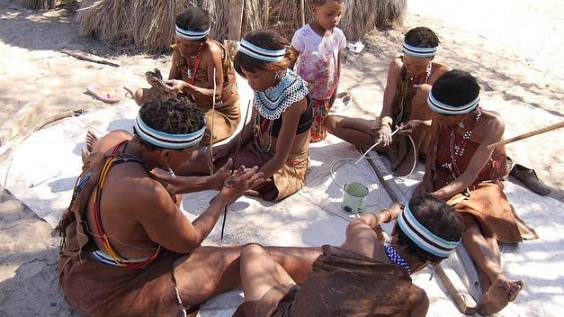
One of the great features of the park is the great concentration of rock art in the caves found around the mountain. These rock artefacts point to the presence of people in the region as far back as the Middle Stone Age.
Some of these rock arts depict cattle, ox wagons and even men with riffles. The San bushmen’s existence in the mountains was peaceful and harmonious until the arrival of the Nguni people who were cattle farmers by 1 AD.
Later on, White settlers occupied the region bringing an end to the San bushmen’s tranquil balance with nature.

The white settlers began hunting game around the region, which led to a reduction in the available food for the San bushmen who were and still are accomplished hunters.
The bushmen, thus turned to the white settlers’ cattle for food, leading to a bitter struggle that chased the San from the Drakensberg region into Lesotho.
The park is constituted of several different protected areas that were established from 1903 to 1973. The park itself was designated a world heritage site in 2000.
Ukhahlamba Drakensberg National Park – our experiences with the mountains!
So, picture this: After our grand tour at Addo Elephant National Park, we embarked on the final leg of our South African escapade, landing us in the Drakensberg. Our chosen abode was like a well-loved book – a bit worn but with all the right pages (well, the ceiling and the coach sure needed to be renewed). But oh, did it come with a view! The kind that makes you forgive a squeaky bed or two.
=> our view from the lodge accommodation at the Drakensberg Mountains and little lake:
Our lodge, a rustic charmer, stood proudly beside a pint-sized lake, the VIP spot for all the South African bird celebrities. Move over MTV Cribs; we had the ‘Drakensberg Duck Dynasty’ edition.
On day one, we mustered the courage (and leg strength) for a mountain hike. Amongst cattle and goats, we forged ahead.
Now, keep in mind, that I’m a non-trained, 51-year-old adventurer – the unsung hero of this uphill saga.
The mountains must’ve been impressed by our dedication because they rewarded us with a sneak peek of springtime – flowers blooming, eucalyptus trees doing their thing, and nature showing off like it just got a new wardrobe.

=> Sometimes pretty hard hikes for me, but I did it! @africafevers.com
Cue the riverside lizard party and the runway show featuring the region’s most fabulous birds.

Fast forward to the impending thunderstorm. As we wisely retreated to our lodge, some brave souls decided to canoe in the lake, giggling and playing as the storm rolled in. It was like watching a sitcom with a spectacular backdrop – nature’s comedy hour.
=> video: a bit crazy to canoe during a thunderstorm, but we all had a good laugh 🙂
Sunday, unfortunately, played the rainy card, so we embraced the cozy indoors. My mission? Blogging and diving headfirst into the fascinating world of South African television. Ever wonder how TV soaps portray life after apartheid? Let’s just say, move over Hollywood – South Africa knows drama, glitter, and the importance of a well-placed fur coat.
=> video: again a thunderstorm, watching from our lodge!
Now, Monday – the grand finale. Our last game reserve adventure before waving farewell to the Rainbow Nation. We were on a mission to soak up every bit of safari fun before our flight back home.
In the end, our Drakensberg downtime was the perfect finale to a month-long rollercoaster of South African exploration. Sure, we watched more TV in a day than the entire trip combined, but sometimes, you just need a couch and some questionable soap opera plot twists to truly savor the adventure.
And guess what? We’re already plotting our return to the Drakensberg – because when you’re dealing with mountains this massive, one visit is simply not enough.
Where Is This National Park And How Do You Get There?
The Ukhalamba Drakensberg national park is quite large with an area of about 243000 ha (2430 km²/ 938 mi²).
The park is located within the Drakensberg range in the South African province of Kwa Zulu Natal and is approximately 2 hrs from the nearest town which is Durban, and 4 hrs from Gauteng. The park is divided into three major zones:

1. NORTHERN DRAKENSBERG
The Northern Drakensberg region comprises of the following protected areas.
- Royal Natal Nature Reserve.
- Mnweni Nature Reserve.
- Cathedral Nature Reserve
2. CENTRAL DRAKENSBERG
The Central Drakensberg is the biggest section of the park and contains the following protected areas.
- Monk’s Cowl Nature Reserve.
- Injisuthi Nature Reserve.
- Giant’s Castle Nature Reserve.
- Highmoor Nature Reserve.
- Kamberg Nature Reserve.

3. SOUTHERN DRAKENSBERG
The Southern part of the park comprises of the following protected regions.
- uMkhomazi Nature Reserve.
- Lotheni Nature Reserve.
- Vergelegen Nature Reserve.
- Garden Castle Nature Reserve.
- Cobham Nature Reserve.
- Bushmans Nek Nature Reserve.
When visiting the park, there isn’t one single entry point to the park, but depending on which section of the park you’d like to visit, these are the 12 easiest entry points; Bushmans Nek, Drakensberg Garden, Sani pass, Vergelegen, Lotheni, Kamberg, Highmoor, Giant’s castle, Champagne castle and Cathedral peak.
The nearest major airport to the park is the King Shaka International Airport in Durban.
From Durban, one can either use the road or charter a small plane to Pietermaritzburg airstrip. Depending on the point of entry and which part of the park one wishes to visit, the road from Durban can range from 150 km (93.2 mi) to 200 km (124.2 mi).
Birding In Drakensberg Park.
The most popular activity for tourists visiting the park is bird watching. The Drakensberg area is rich in birds with over 500 species of birds, many of them endemic to South Africa.


The mountain itself is an isolated highland region, creating a perfect environment for cold-loving bird species and a refuge for many other species.
The park has a variety of habitats from grassland, evergreen afro-montane forests, thornveld and riverine thickets. For birding enthusiasts, the most searched-for birds in the mountain range are the bearded vulture, mountain pipit, Drakensberg orange breasted rockjumper, and the Drakensberg siskin.
On the highest part of the Drakensberg range, the geography is more of an undulating plateau. Up here, the must-see birds include the tiny fairy flycatcher, large billed lark, jackal buzzard,cape vulture, and the bearded vulture.
On the jagged and steep slopes of the mountains are endemic species that include, ground woodpecker, bokmakierie, buff streaked chat, sentinel rock thrush, and cape rock thrush.
The mountain is the source of different rivers that are vital to the province of Kwa Zulu Natal, and along these rivers are forests and shrubs with several common and must-see birds.
These include the half-collared kingfisher, mountain wagtail kingfisher, Gurney’s sunbird, southern double collared sunbird, greater double collared sunbird, and cape canary.
Lower down at the foothills of the mountains are a mix of grassland, afro montane forest, protea woodland, and thornveld crisscrossed by multiple permanent streams.
In this foothill region are a variety of bird species; violet backed starling, fiscal flycatcher, cape longclaw, yellow bishop, secretary bird, southern bald ibis, southern ground hornbill, and six different species of cisticolas.

Best Spots For Some Birdwatching In Drakensberg Park
The park is endowed with a lot of species spread throughout its length and different habitats. But there are special locations that allow for a much more spectacular birding experience in general, these include;
==> video: enjoying the birds from the comfort of our lodge and the local puppy 🙂
1. Hlatiku crane sanctuary.
This wetland sanctuary is located about 32 km (20 mi) West of the Mooi River on the foothills of the Drakensberg mountains. At this site one can view all 3 crane species found in South Africa; The Blue Crane (South Africa’s national bird), wattled crane and the grey crowned crane as well as other wetland bird species.
2. The Midlands birding route.
This bird-watching trail starts at the Ukhalamba Drakensberg Park winding its way from the sandstone cliffs and basalt precipes of the mountains to the gently rolling midland hills of Natal.
3. Falcon ridge.
This spot located in the Champagne Valley in the Central Drakensberg region is home to some rehabilitated birds of prey and is high enough to give you the chance to watch these raptors in action.
4. Highmoor
Highmoor is an expansive site that is located in the Central Drakensberg region and is home to one of the largest colonies of bald ibis in South Africa.
5. Giants Castle
Giants Castle has a lot to offer both culturally and in bird viewing. The site has a vulture hide that offers both birders and professional photographers the chance to spot and photograph vultures and other raptors in action.
South Africa’s national bird: the Blue Crane ==>
Things To Do In Drakensberg Park.
There are several things to do while at the park, and this is catering to both adrenaline junkies and those who are looking for a tranquil place in nature.
Hiking.
There are very many hiking trails across the park ranging from short easy and family-friendly trails to long, treacherous hikes that require supervision.
Some of the trails to look for include; Yellowwood, Oribi, Alpine Cascades trail, Alpine Signature hike, Injisuthi Battle Cave Walk, Giant Cup’s trail ( a full days strenuous hike), Amphitheatre hike (a strenuous hike, that at some point involves chain ladders to the top of Tugela falls), Ploughman’s Kop, and Rainbow Gorge.
When going out for a hike, it’s good to carry with you water, a cell phone, a first aid kit, and sunscreen.
Hiking at Drakensberg: pictures by @africafevers.com


Horse Riding
There is an equestrian centre in the park that rears and takes care of horses. These horses can be used for a scenic ride in horse-accessible parts of the park, there are also riding lessons for beginners.
Mountain Biking
Other than the walking trails, there is a much faster, more thrilling way of exploring the wonders of the park; mountain bike riding. The trails range from simple, easy-to-follow trails to technical trails that challenge the rider to push themselves.

Accommodation in Drakensberg Park.
In the park, accommodation ranges from overnight caves, chalets, fully equipped cottages and luxury lodges. Here is a list of some of the accommodation options.
- Didima resort
- Giant’s castle
- Thendele Resort
- Lower resort
- Upper resort.
- Eland Valley resort, where we stayed!
These are just a few options within the park, other more luxurious offerings can be found in the towns adjacent to the park at the foothills of the Drakensberg mountains.

People and cultures around the Park.
If you plan to visit the Drakensberg area, then you must be prepared to meet with the rather Unique Basotho people. The Basotho are native to the landlocked country Lesotho and the Drakensberg region in the South African province of Kwa-Zulu Natal.
The Drakensberg mountains stretch far into Lesotho, into the Sehlathebe National Park, with the mountain range being 64% in Lesotho and 36% in South Africa.

These people have adapted to the mountains, and one can say they are one with the mountains. The harsh terrain of the Drakensberg mountains makes agriculture a challenging endeavor, but it offers great grazing grounds for livestock.
The Basotho are shepherds who know the mountains as well as themselves, and their land is communally owned. Most of their animals comprise of goats and sheep that are particularly adapted to the high and cold environment of the mountains.

The shepherds who you’ll find, are mostly boys of between 8 and 18 years, and they will be found dotted throughout in grazing lands.
These shepherds need to dress appropriately and will often be found dressed in beautifully patterned blankets both for warmth and comfort. These blankets are so synonymous with the Basotho people, that they have become their cultural identity.

As you tour the Drakensberg mountains, chances are that you might meet a lonely shepherd, usually with their fierce companions; dogs, used functionally as guards, livestock control and companions out in the lonely mountains.
Just like the birds and wildlife in the park, these shepherds are part of the mountain, as such they require respect towards them and their way of life.
Practical Advice For Visitors Of Ukhahlamba Drakensberg National Park in South Africa.
- The Drakensberg range of mountains is the highest in Southern Africa region only second to Mt. Kilimanjaro, with the highest peaks reaching a height of 3000 m (9843 ft).
As such, it is a really cold place. Hikers on the upper slopes are frequently caught in harsh storms and cold misty conditions (we noticed!). So if you plan to visit any of the higher slope locations then dress warmly and heavily and anticipate anything. - No hotels exist within the park, which is for ecological reasons so as to maintain the pristineness of the park.
The park authorities operate rest camps at the entrance to several reserves.
There are private hotels in the vicinity of the park such as around the Sani Pass, Cathedral Peak, Royal Natal, and in the Champagne Valley.
But unlike other strictly controlled national parks in South Africa, within the Ukhalamba Drakensberg National Park, one can simply put up a tent at the entrance, register into the mountain and start exploring. - The park will favor those who love self-drive excursions and are not afraid of also exploring the park on foot. For those commuting from Durban, it’s a 2 hours drive, while from Gauteng, it’s a 4 hours drive.
- For those who wish to visit the caves and shelters containing the collection of San art, you’ll need to contact Amafa. Amafa is the organization that controls access to famous rock art sites and some national reserves.
- The park is massive and is composed of different but independently managed national parks and reserves. Each of these destinations is self-contained having its own attractions and access roads.
If one plans on visiting the parks, then they’ll have time to only visit one or two sectors in a day. Based on what you’re looking for, this is what the different sectors hold.
For bird watchers and 4X4 enthusiasts, Sani Pass is the best.
For accessible caves to view rock art paintings, Kamberg and Giant’s Castle offer the best options.
For up-market tourist developments and attractions, it is Champagne Valley.
For scenic impact and sites, then Royal Natal is the go-to destination.

FAQS on Ukhahlamba Drakensberg national park in South Africa.
- When is the best time to visit the Drakensberg park?
The weather in the park, particularly the higher up you go can be rather unpredictable. Summer is usually from November to February, and during this time, the park is wet, prone to afternoon thunderstorms and the day temperatures can get quite high. At this time of the year, the park is at its greenest and you’ll see more birds and wildlife.
Winter is usually from May to August and is the driest time of the year. Due to the lower temperatures in the winter months, they are considered the best time to go hiking.
- Which Part of Drakensberg is best to visit?
This question is rather tricky because based on what you need, the park has a lot to offer.
But the park is also massive and knowing where to go when you are constrained by time can be a challenge.
For first-time visitors, the best place to start is the Royal Natal National Park section of the UKhahlamba-Drakensberg National Park.

Here you’ll get the chance to meet and interact with local Basotho herders, boulder hop, climb chain ladders, hike to Tugela Falls, and see the Drakensberg amphitheater.
- What is special about the heritage site?
The Maloti Drakensberg National Park is special in that it is a mixed heritage site; one of 5 in Africa and is also a transboundary heritage site in that it stretches between two countries.
The heritage site is home to one of the most impressive, concentrated, and extensive collections of rock art in the world. It is also home to unique flora and fauna.
- Why do people go to Drakensberg Park?
The park has a lot to offer. People either go for the SAN Bushmen rock arts, to view the unique birds, plants, or animals, to just be in a tranquil place that is beautiful and alive or to visit the local Basotho people and learn more about their culture.
Related article:
- Our first accommodation in South Africa was the Barberton mountains!
- Our visit to Sodwana bay national park
- Our visit to Isimangaliso Wetlands park
My Final Conclusion.
I hope that I could inform you enough about Ukhahlamba Drakensberg National Park in South Africa, but if you have any more questions, please feel free to ask them down below in the comment section or join me on (one of) my social media channels or my cozy Facebook group.
I wish you happy travels to Africa!
Kind regards,
Lizzy
I now have a YouTube channel as well!
YouTube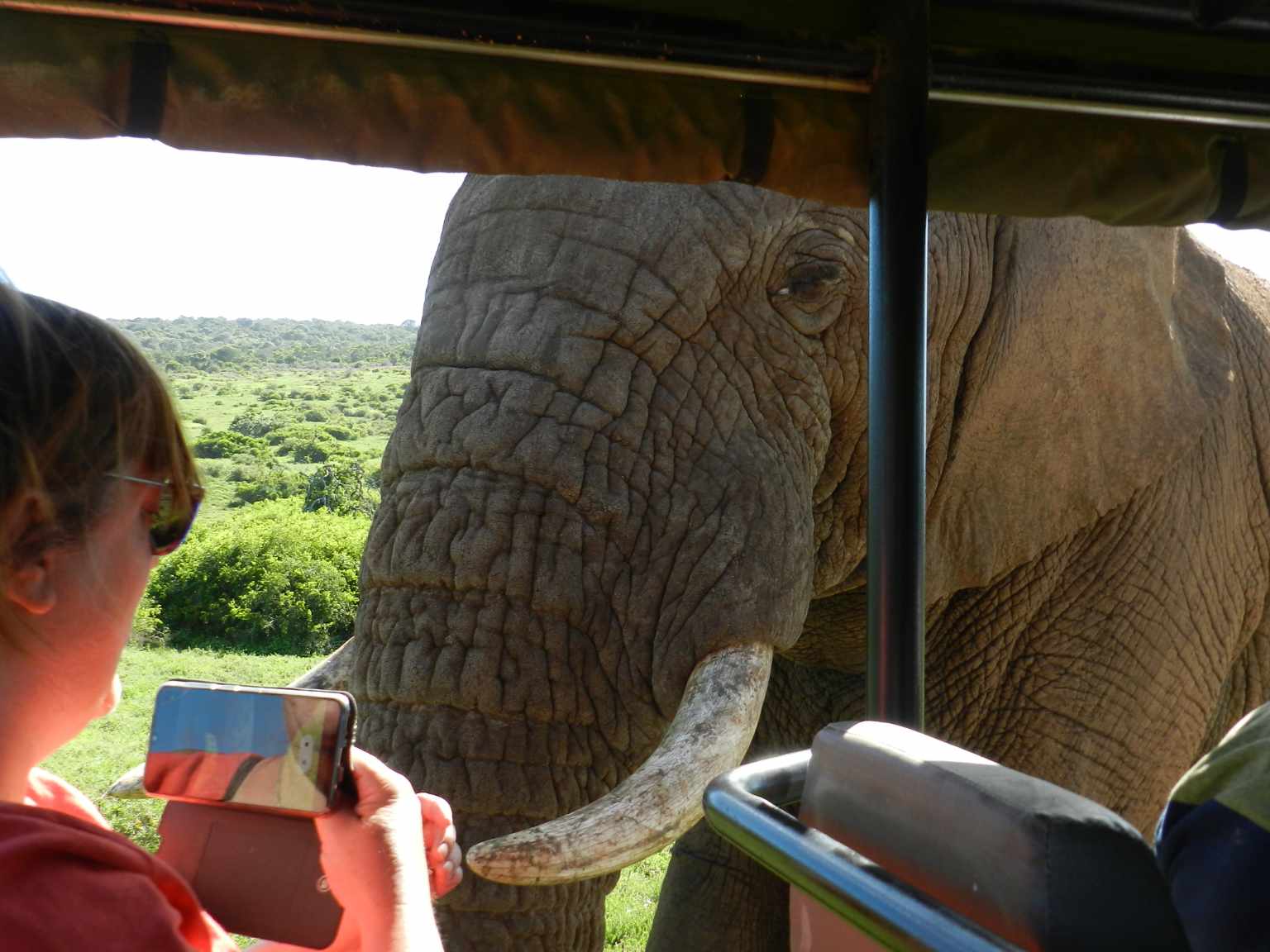
Hello Africa travellers!
Who am I? Well, the least you can say is that I am quite crazy about Africa, its nature, its climate, its culture, and more.
As a young woman in my twenties, I had already traveled to several African countries by traveling along in an overlander on my own and mostly camping ( or glamping ) and just fell in love with the diversity of it all.
So much, so that at the age of 26, I went back to university to study biology, which, unfortunately, I couldn’t finish because of health reasons (yes, I got sick from a tropical disease, oh cynicism). But this did not stop my dream of traveling back to Africa several times, and I still do.
My dream was back then to leave Europe and go study animal behavior, especially the elephants (sure, that’s every girl’s dream haha), but I am also very much intrigued by hyenas and other “ugly African animals“.
So, I “kind of” have a little bit of a scientific approach to my articles, when I write about African birds, for example. And most of all: the passion.
But life goes on, you move from one side of the country to the other, you get sick again and top it off with lower back problems, and before you know it, you are over 50 hahaha!
Now, I still travel to Africa, but take it a bit “easier” than the good old camping days, and stay in comfortable, yet affordable accommodations, together with my husband Wouter.
These are some of the countries I have traveled to: Kenya, Tanzania, Zanzibar, Malawi, Zambia, Zimbabwe, South Africa, Namibia, Botswana, Tunisia, and a little bit of Lesotho LOL .
While clearly not being African territory, but Spanish, I also visited Gran Canaria and Tenerife, and location-wise, I consider them “African”, because of their climate and nature, sue me :-p
The last trip I took was to South Africa in the year 2023, and it sure got the fevers for Africa back! From the Barberton mountains to the Drakensberg and the Southcoast, one month wasn’t enough at all to see the whole country, so we’ll be back! At ease and with a little bit more luxury than in my younger days haha!
I wish you happy travels!
Kind regards
Lizzy

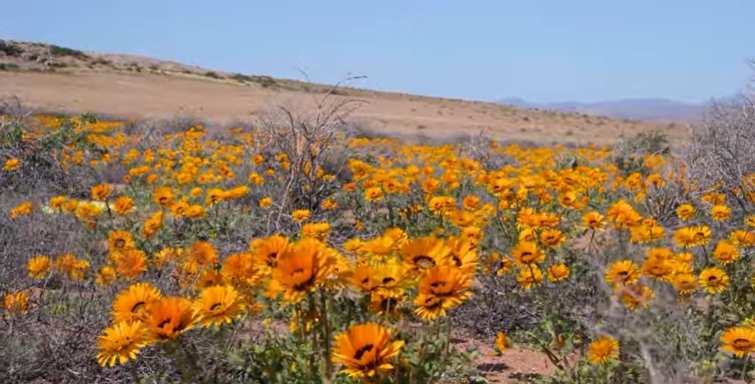
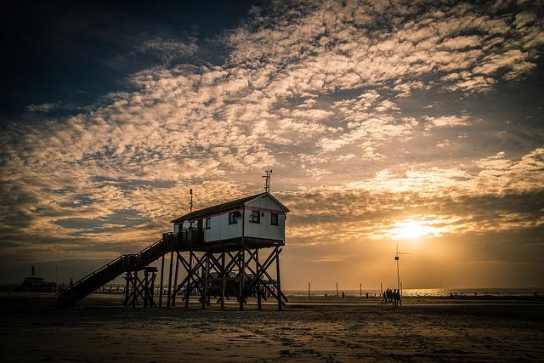
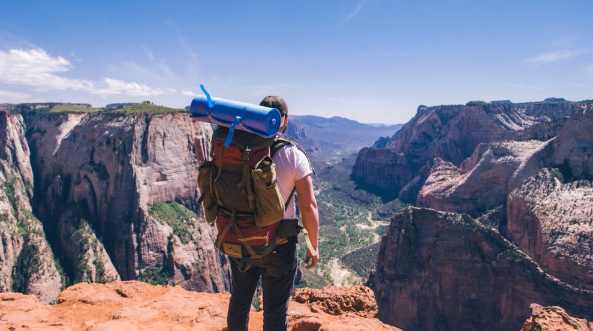
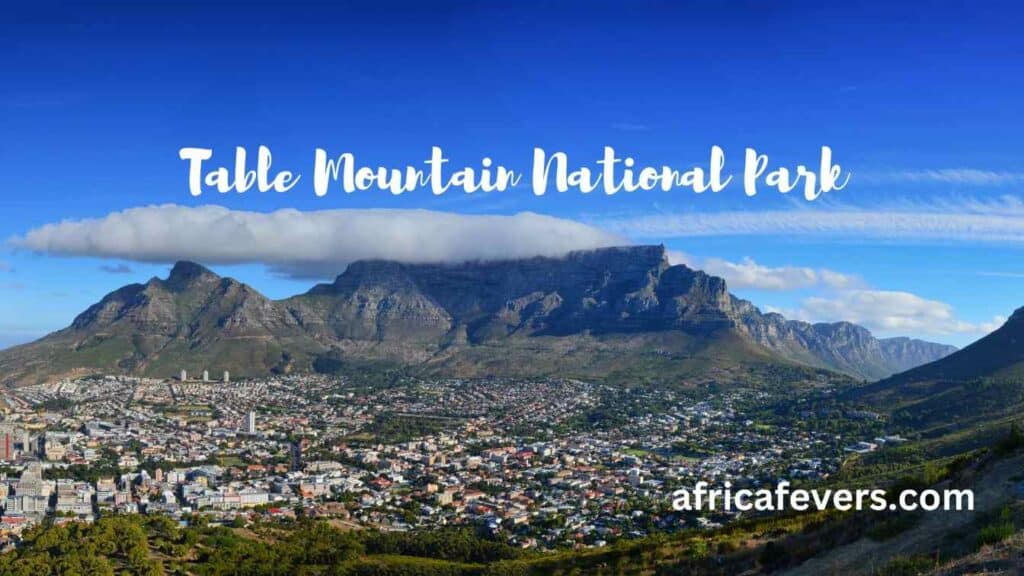
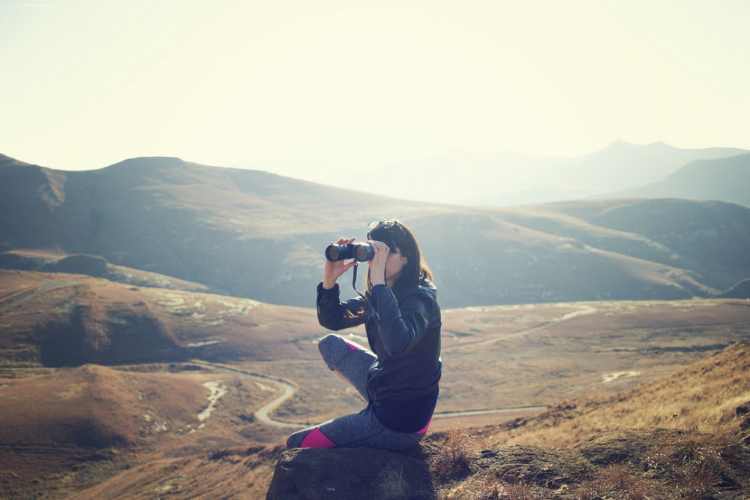
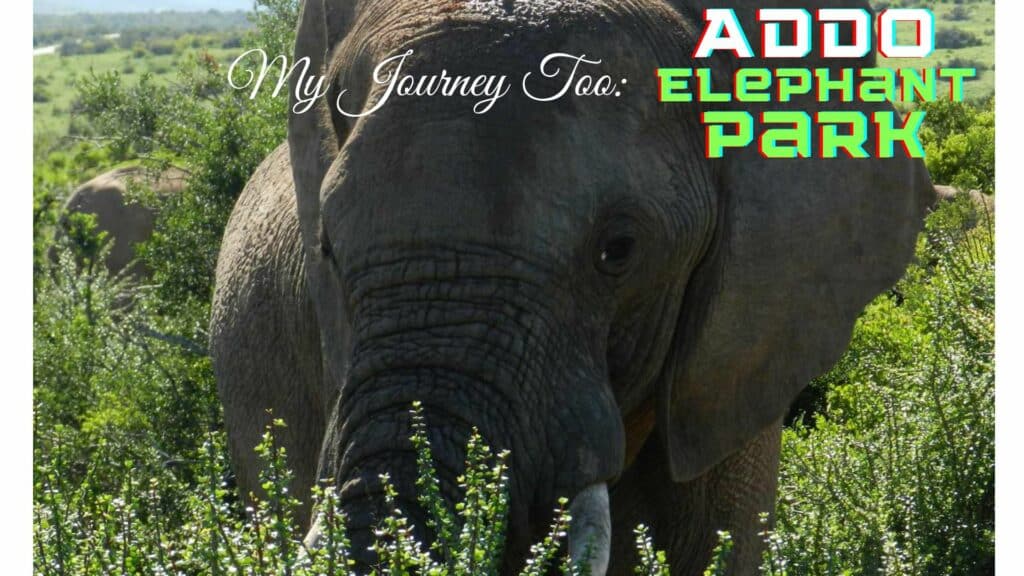
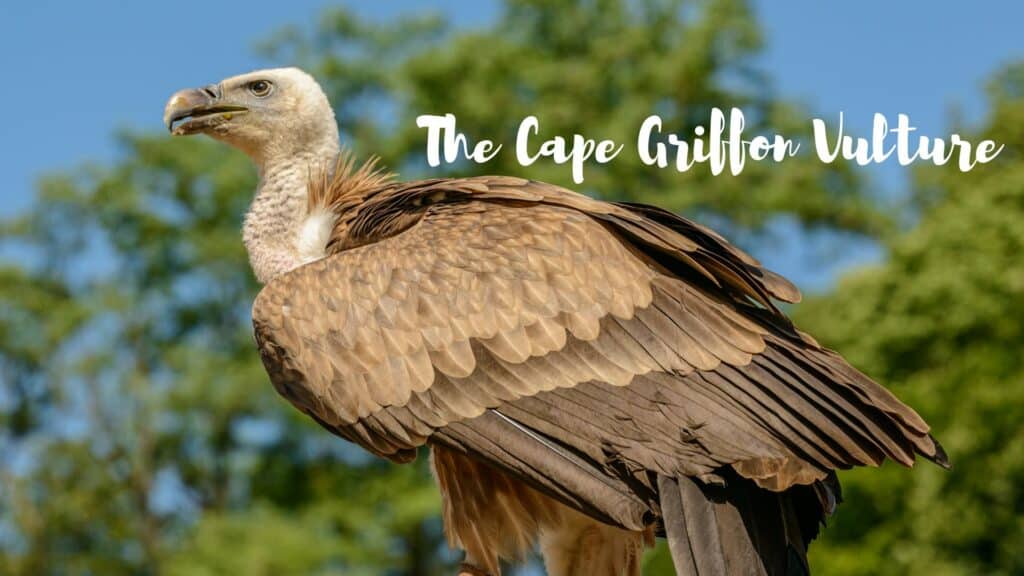
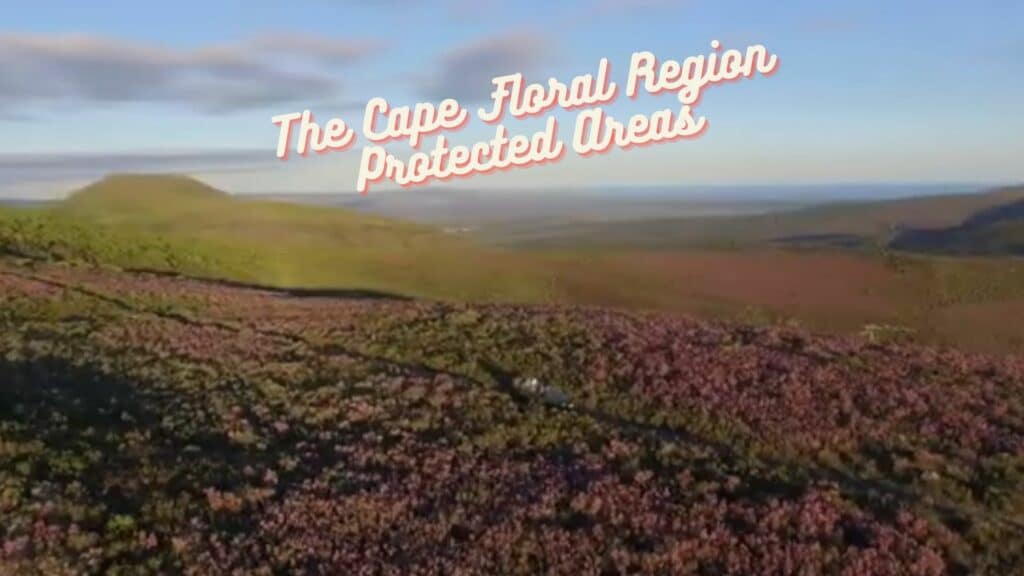
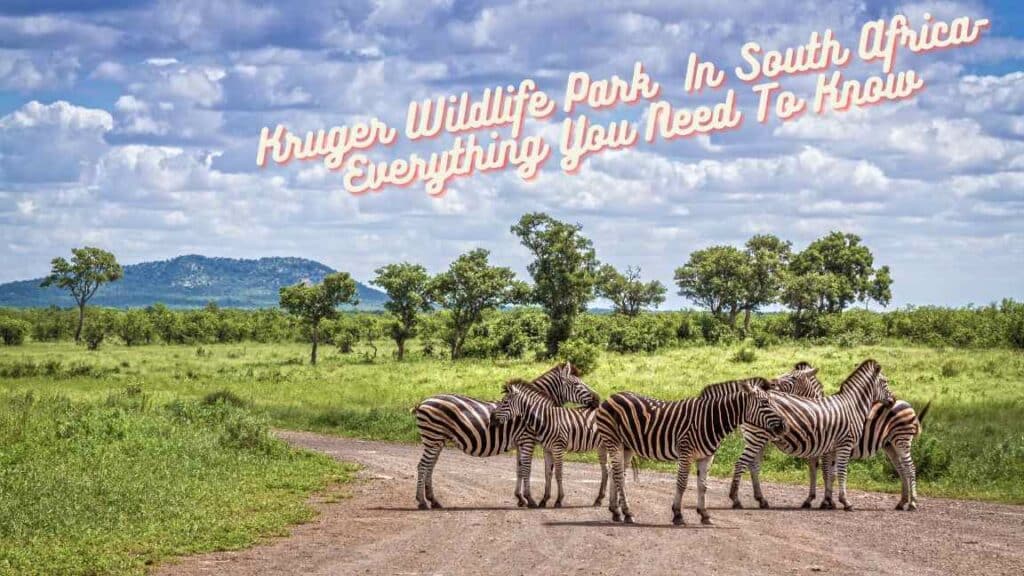
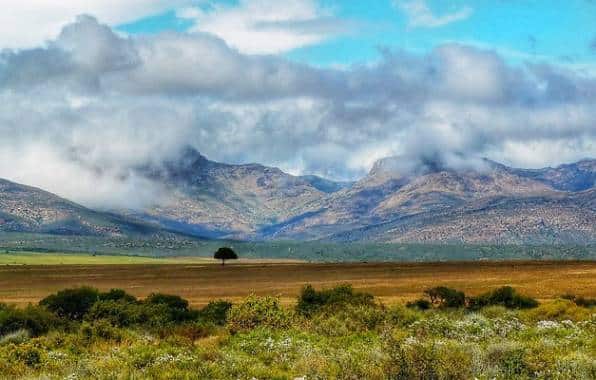
I live in South Africa and have only been to the Drakensberg once in my life. I always promised myself that I would go back someday, as it is absolutely spectacular and the hikes and scenery are breathtaking.
It was so interesting to read up on the history of the National Park, and although we know that the San People were there first, it is quite sad that the settlers forced them off of their land due to food shortages that they created for the San.
There are very few San people who are still living like their ancestors left in South Africa, and it is quite sad how time alters things.
Hello Michel,
Yes, it is so sad to see all these ancient cultures disappearing because of greed from others, isn’t it? I am visiting again next October, I hope to still see and talk to them, besides the beautiful Drakensberg mountains. I am so looking forward to it!
I wish you happy travels!
Lizzy
Wow! This looks like a park that is worth spending numerous days on. SO much to see. The names ‘Barrier of Spears’ and ‘Drakensberg’ seem to give this place a real sense of adventure, magic and mystery, as does the idea of the Giant’s castle. An important site to visit all round since one can see ancient rock art here, and what a fitting place for a Crane sanctuary. Thanks for including the beautiful videos as a foretaste, and all the great advice on what birds to see where. A great head start on visiting a site that clearly requires careful planning to get the best from it.
Hi Michelle!
You are very welcome and I hope you will have a fantastic time at Drakensberg National Park!
Kind regards,
Lizzy